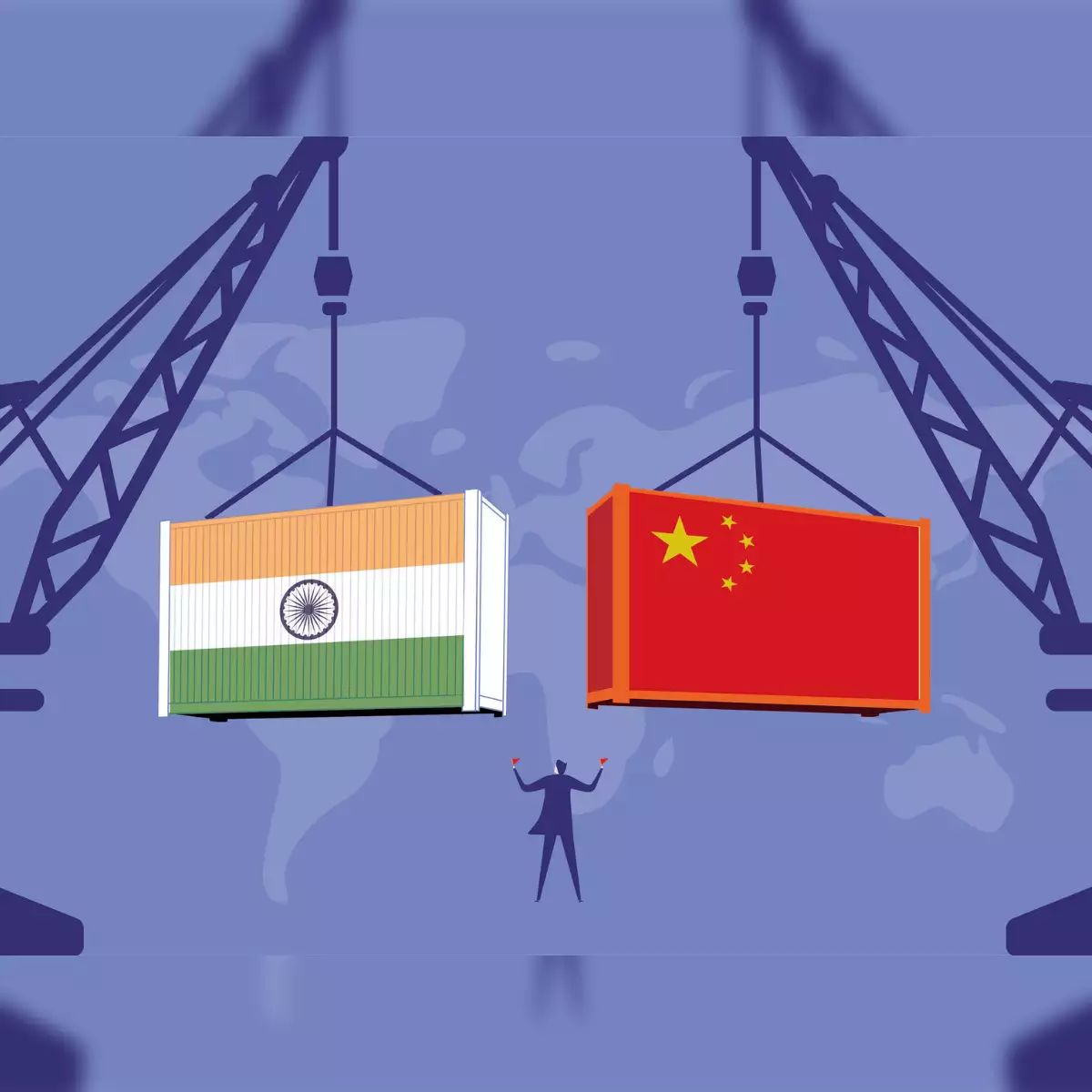India–US Trade Tensions Rise Over Steel and Auto Tariffs NMDC Limited reports a 38% drop in Q4 FY24 consolidated net profit RINL to Raise $23 Million Through Land Sales Amid Crisis

China has overtaken the US as India's largest trading partner, overtaking it after a two-year lapse, according to the most recent data from the Global Trade Research Initiative (GTRI). India and China's bilateral trade reached $118.4 billion in the fiscal year 2024. China's exports to the country rose by 8.7% to 16.67 billion, while the country's imports rose by 3.24% to $101.7 billion.
On the other hand, commerce suffered a little setback between India and the US. The entire volume of trade in FY24 was $118.3 billion. Indian imports from the US fell by 20% to $40.8 billion, while exports to the US fell by 1.32% to $77.5 billion.
India's economic ties with China have attracted much attention because of its substantial reliance on Chinese imports in vital industries, including iron ore, pharmaceuticals, telecommunications, and cutting-edge technology. The GTRI analysis highlighted this reliance by showing that 44% of all imports in this category, or $4.2 billion, came from China in the form of telecom and smartphone parts for India. Similarly, Chinese laptop and PC imports were $3.8 billion, accounting for 77.7% of India's total imports in this industry.
India has responded by putting in place a number of measures to lessen this reliance. These include executing quality control orders to guarantee the safety and quality of imported goods, enacting anti-dumping charges to defend local companies, and introducing production-linked incentive schemes (PLI) to increase domestic manufacturing.
Additionally, India’s import of lithium-ion batteries for electric vehicles, primarily sourced from China, amounted to $2.2 billion, representing 75% of such imports. This highlights China’s critical role in India’s endeavours to electrify transport.
The report also analysed other significant trading relationships, noting notable changes in trade dynamics with countries like Russia and Saudi Arabia. Russia witnessed a remarkable increase in trade figures, with exports surging by 78.3% and imports skyrocketing by 952%. However, this import surge has led to a significantly widened trade deficit, which could pose economic risks in the long run.
In contrast, trade with Saudi Arabia exhibited a more balanced growth trajectory, with exports more than doubling and imports rising slower.
Also Read : Tata Steel Soars: Market Cap Jumps Rs 7,000 Crore as China Slashes Output India plans to protest EU's carbon tax at WTO meeting: sources